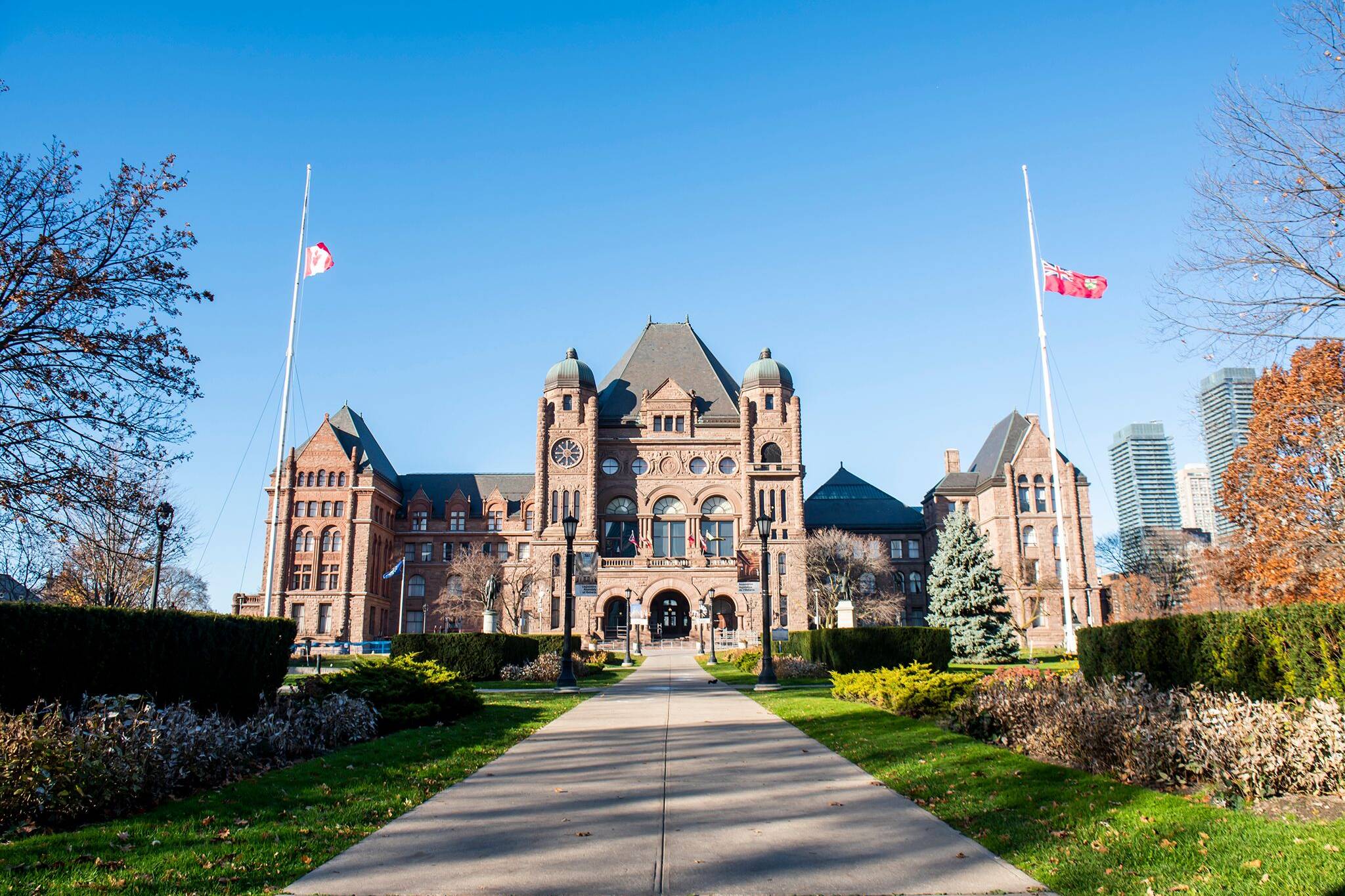
This is how Ontario's pandemic emergency brake works
The Ontario government announced today that it's activating the recently-introduced pandemic "emergency brake" and moving the Public Health Sudbury and Districts region into the grey zone as a result of surging case numbers.
The province says the region's case rate increased by 54.1 per cent to 75.9 cases per 100,000 people between March 3 and 9, and it will therefore be moving into the strictest level of Ontario's COVID-19 response framework on Friday, March 12 at 12:01 a.m.
"As a result of the rapid deterioration of trends in key indicators, the emergency brake is being applied to move Public Health Sudbury and Districts to Grey-Lockdown to help reduce further spread of the virus in the region," said Chief Medical Officer of Health Dr. David Williams in a statement.
Effective March 12 at 12:01 a.m., Ontario is activating an “emergency brake” to place @PublicHealthSD into the Grey-Lockdown level of the Keeping Ontario Safe and Open Framework to interrupt transmission and contain community spread of #COVID19. https://t.co/iXRCN7wu6M pic.twitter.com/uHajs8Uj0u
— Christine Elliott (@celliottability) March 11, 2021
The province first introduced the new emergency break tool at the end of February — the same day it announced that the stay-at-home order would be extended in Toronto — but some Ontario residents are still a little confused about how the new health measure works.
Typically, when a public health unit enters a new stage of the framework, the region remains in that level for a minimum of two weeks before a decision is made about whether to keep it there or move it to either a stricter or more relaxed stage.
The emergency break, however, allows the chief medical officer of health, in consultation with the local medical officer of health, to immediately advise moving a region into Grey-Lockdown to interrupt transmission.
Officials have questioned the exact parameters of the measure, but Health Minister Christine Elliott recently said a public health unit's increase in case numbers, variants of concern and health system capacity are all considered before invoking the brake.
"Implementing an emergency brake to immediately interrupt transmission of COVID-19 is a key component of our government's plan to safely and gradually return public health regions to the Framework," said Elliott in a statement Thursday.
The Simcoe-Muskoka public health unit knows how the emergency break works all too well, as the region was in the red zone of the framework when the province utilized the tool and quickly moved it to grey.
Fortunately, the use of the brake can be reversed, and Simcoe-Muskoka was put back into red just one week after being moved to grey thanks to improved COVID-19 indicators.
Toronto, on the other hand, officially moved out of the provincial shutdown and into they grey zone of the framework on March 8, meaning the soonest the city could move out of this stage and into the red zone is March 22.
But even if that does happen, as Mayor John Tory has said he's hoping to see, there's always the possibility of the province utilizing the emergency brake and moving Toronto back into grey at any point if case rates rise — so don't forget to keep wearing your mask and watching your distance while out enjoying the newly-opened retail shops and spring-like weather.
Hector Vasquez
Latest Videos
Latest Videos
Join the conversation Load comments







